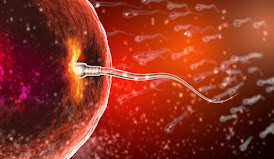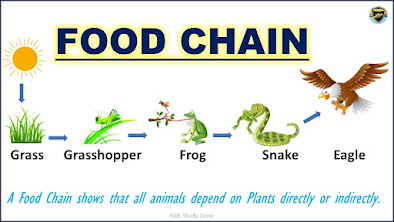5- Pregnancy and birth.
Human reproduction involves two different sex cells: ovum and a sperm. Each cell carries different genetic information which is why children have genetic code from both parents.
Human reproduction involves two different sex cells: ovum and a sperm. Each cell carries different genetic information which is why children have genetic code from both parents.
Male and female reproductive systems are different: the male’s is designed to produce and deliver sperm, while the female’s is designed to produce ova, as well as housing, nourishing and protecting a developing foetus.
5.1. Fertilisation
Fertilisation of the ovum occur after the egg is released into the fallopian tubes. The sperm are deposited into the woman’s vagina and, using their tails, they swim up the vagina to the ovum in the fallopian tube. Only one sperm can fertilise an ovum. Once the ovum is fertilised, the cells will start to divide and multiply. This ball of cells is called a zygote.
Fertilisation of the ovum occur after the egg is released into the fallopian tubes. The sperm are deposited into the woman’s vagina and, using their tails, they swim up the vagina to the ovum in the fallopian tube. Only one sperm can fertilise an ovum. Once the ovum is fertilised, the cells will start to divide and multiply. This ball of cells is called a zygote.
5.2. Development of the embryo
After fertilisation, the zygote travels to the uterus where its cells carry on dividing and multiplying until they become an embryo. The embryo fixes itself onto the lining of the uterus where it will continue to grow. At eight weeks, the embryo is about the size of an adult’s thumb.
After fertilisation, the zygote travels to the uterus where its cells carry on dividing and multiplying until they become an embryo. The embryo fixes itself onto the lining of the uterus where it will continue to grow. At eight weeks, the embryo is about the size of an adult’s thumb.
5.3. Development of the foetus
After about nine weeks, all the organs have formed and the embryo develops into a foetus. The foetus floats in a sac of amniotic fluid which protects it from knocks and bumps. The foetus receives oxygen and nourishment from the mother’s placenta. The baby is connected to the placenta by the umbilical cord.
5.4. Birth
Pregnancy lasts about 280 days. When the foetus is ready to be born amniotic fluid is released which is often the first sign that birth is about to start. The baby is pushed along the birth canal. Babies are usually born head first. The umbilical cord comes out with the baby. This is cut and tied, and forms our navel or belly button. The placenta or afterbirth comes out after the baby.






No hay comentarios:
Publicar un comentario